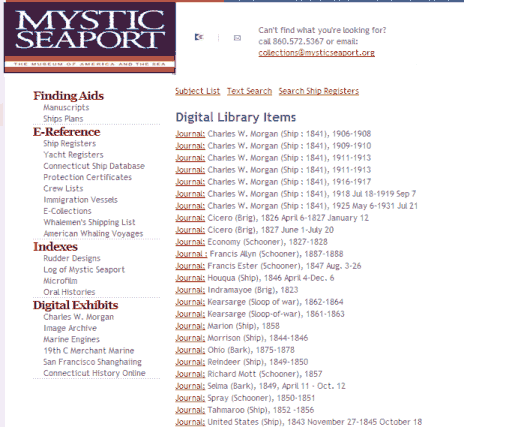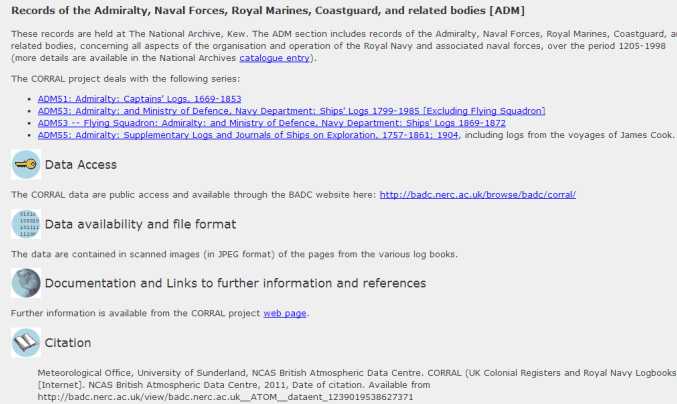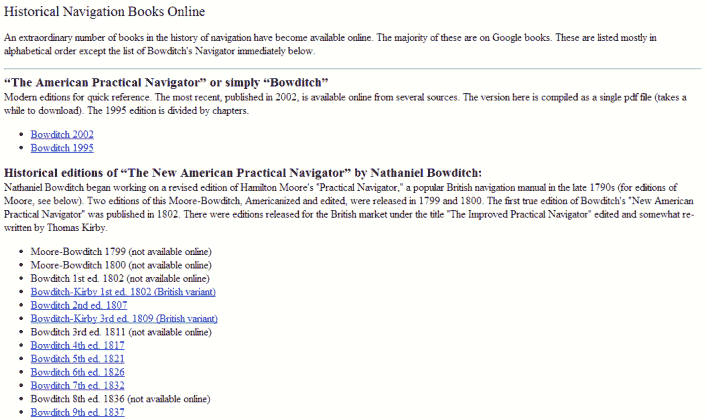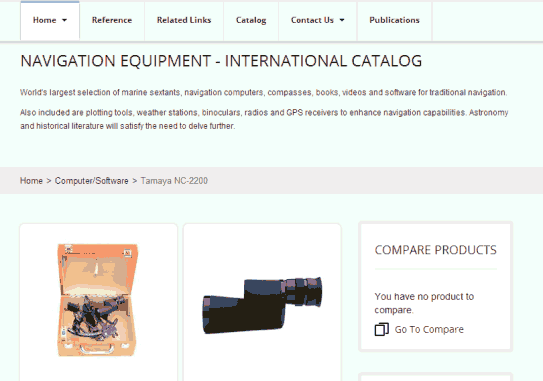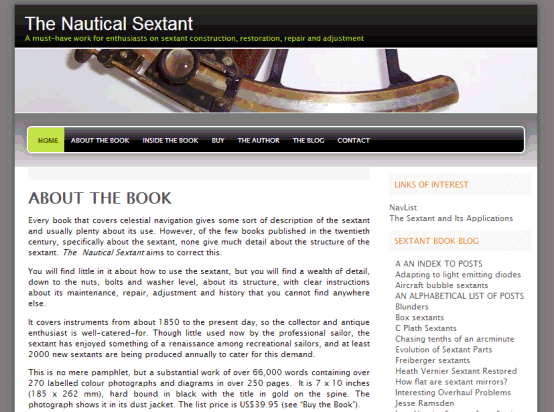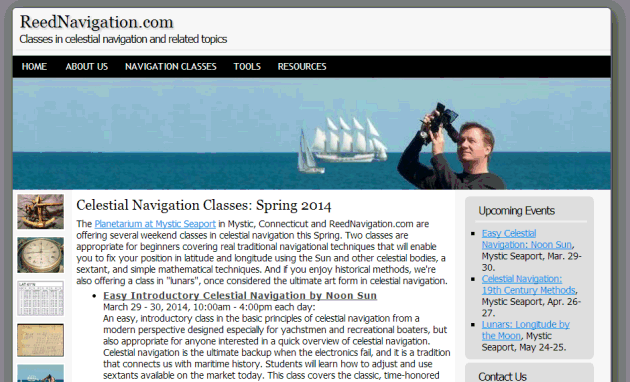
NavList:
A Community Devoted to the Preservation and Practice of Celestial Navigation and Other Methods of Traditional Wayfinding
From: Steve Dunlop
Date: 2018 Sep 24, 20:05 -0700
I think that a major flaw of automated navigation systems -- chartplotters -- is that they are generally not designed for usability when GNSS positioning data is not available. There's really not any good reason for this, because with a heading sensor and a paddlewheel log it's possible for the chartplotter to build a track using DR. Many boats have accellerometers, which would provide another useful input. Even absent these sensors, a chartplotter could be designed to accept DR inputs (heading/speed) from the operator, and scroll the chart continuously in accordance with the data provided. Add radar and you could have computer-assisted pilotage near the coast, if someone were to write the code.
Of course, fully manual DR is a skill that requires practice, as is pilotage, as is celestial navigation. People should practice. But then again people should floss their teeth but most people don't listen to that kind of advice. The point here is that systems and techniques ought to degrade gracefully -- If you rely on a computer to do your GNSS navigation for you (by turning the raw coordinates into a useful navigational display) then maybe that same computer could do something of comparable utility with DR and pilotage. I read the archives here, and people on navlist seem to like to point out that "GPS" systems are typically far more than that, true enough but they have a dependence on GPS that limits their utility otherwise.
Too many words. Insights welcome.

